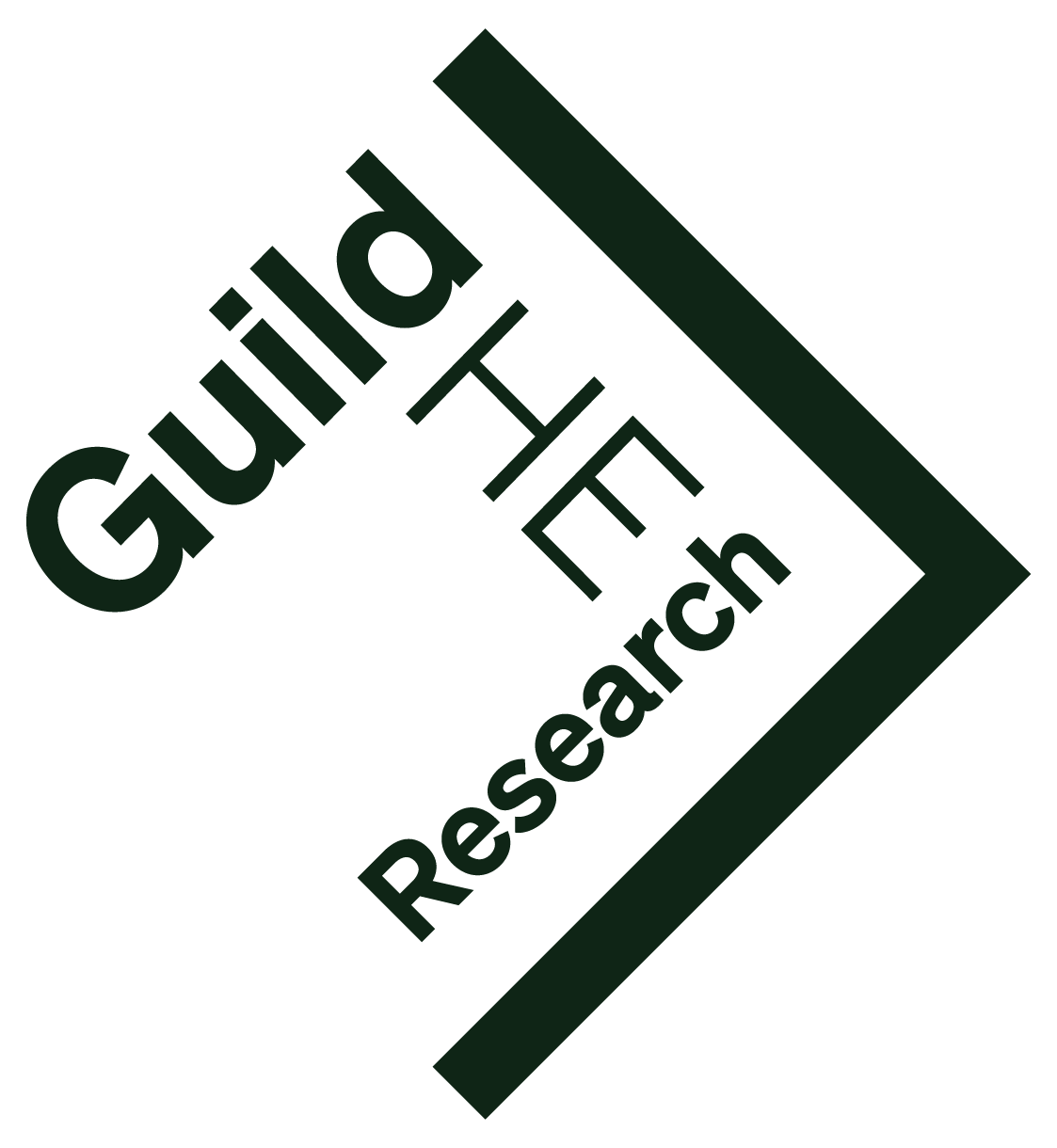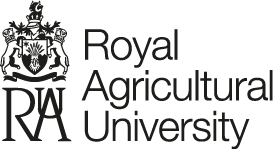Assessment of soil cover chemical pollution using satellite data: A case study of Kharkiv region, Ukraine
Solokha, M, Melnyk, Olena, Cannon, Nicola, Horton, Mark, Datsko, O and O'Connor, David (2025) Assessment of soil cover chemical pollution using satellite data: A case study of Kharkiv region, Ukraine. Science of the Total Environment, 995 (180105). ISSN 0048-9697
|
Text
GIS&soil pollution(revised_not_marked_V1).docx - Accepted Version Restricted to Repository staff only until 24 July 2026. Available under License Creative Commons Attribution Non-commercial No Derivatives. Download (7MB) | Request a copy |
Abstract
Chemical contamination of soils due to military activity has become an urgent global concern, particularly in conflict-affected regions such as Ukraine. This study presents a methodology for the rapid identification and assessment of contaminated agricultural land using an integrated approach that combines open-source intelligence, geographic information systems (GIS), and remote sensing. The authors focused on military debris as a primary vector of soil contamination (by Cd, Co, Cr, Cu, Fe, Mn, Ni, Pb, and Zn) and utilized publicly available digital resources to geolocate fragments of destroyed equipment across farmlands in Kharkiv Oblast. To compensate for the limited availability of high-resolution, time-specific satellite imagery, the study employed free datasets from the European Space Agency. The emergence of soil tracks and field roads was used as a proxy indicator of ground disturbance and potential chemical impact. These signals guided field sampling campaigns, during which soil samples were collected in proximity to identified debris and analyzed in laboratory conditions for chemical pollutants. Analytical studies revealed that heavy metals at the impact site exceed maximum permissible concentrations and exhibit an increasing trend, particularly for cadmium, copper, lead, and zinc, with exceedances reaching up to 62 times the regulatory limits. All findings were systematically documented using a custom-designed GIS database, allowing the classification of contamination severity and spatial distribution. The resulting maps aim to support local authorities and farmers in decision-making and prioritising remediation measures. This approach provides a replicable framework for post-conflict environmental assessment and contributes to strengthening soil resilience in war-affected agricultural zones.
| Item Type: | Article |
|---|---|
| Keywords: | Remote sensing, Chemical pollution, GIS mapping |
| Divisions: | Agriculture, Science and Practice |
| Depositing User: | Dr David O'Connor |
| Date Deposited: | 01 Aug 2025 13:19 |
| Last Modified: | 01 Aug 2025 13:19 |
| URI: | https://rau.repository.guildhe.ac.uk/id/eprint/16969 |
Actions (login required)
 |
Edit Item |

